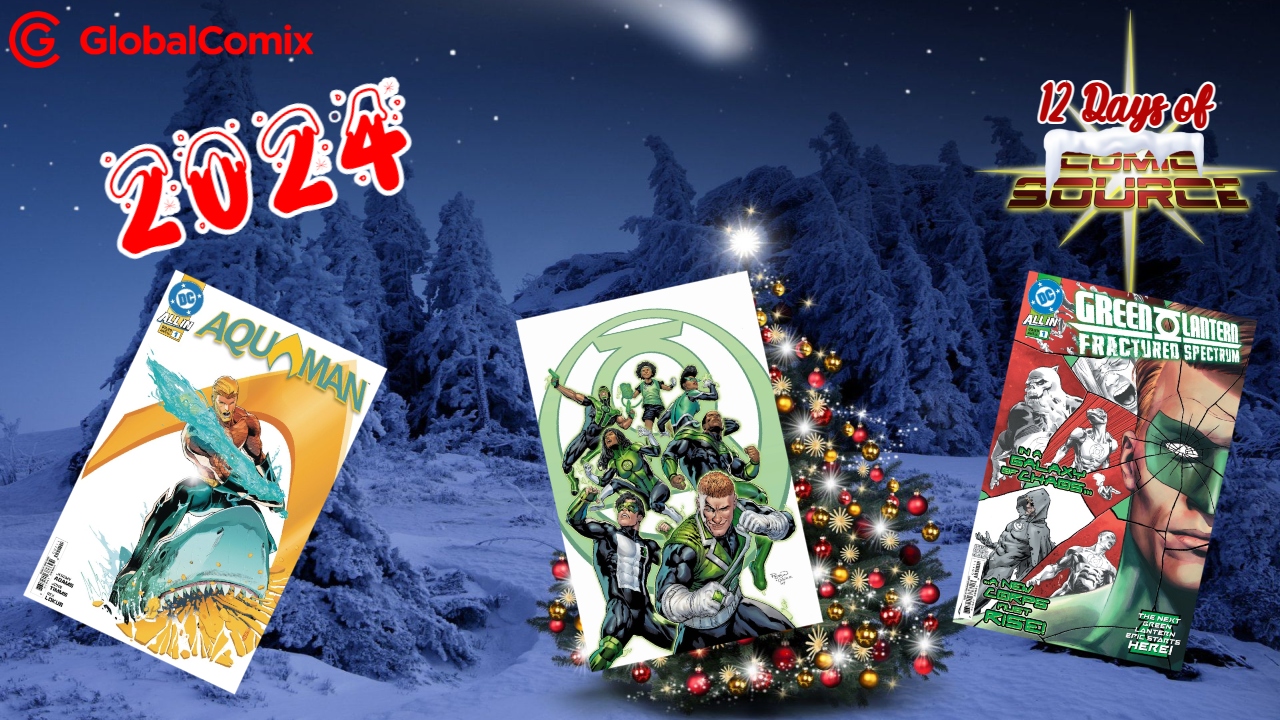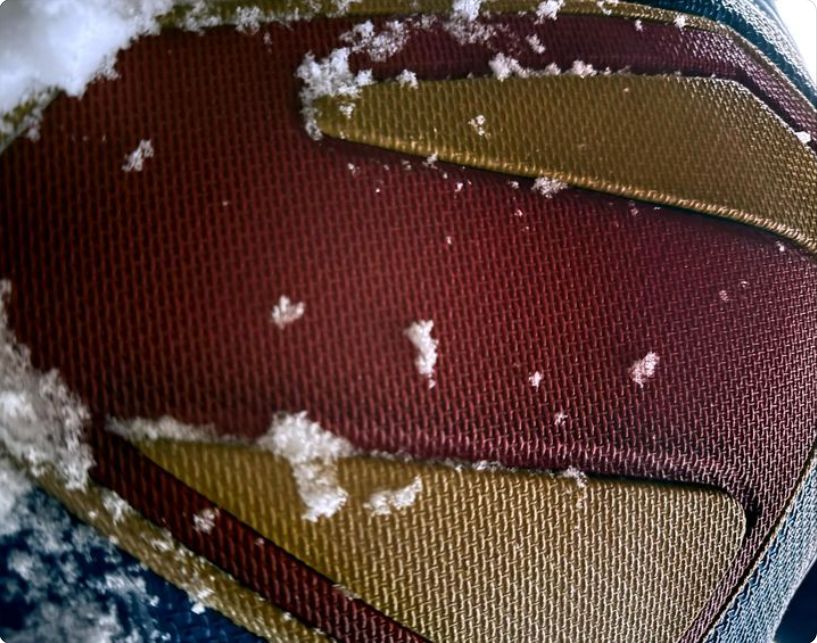![]() While at the Laika headquarters, browsing around at the various sets, we were brought to one very special set. It was special in regards to who was on set, and that person was the director of photography Tristan Oliver. He’s well-loved when it comes to working on stop-animation movies just because of his previous cinematography work in “The Fantastic Mr. Fox” and “Wallace & Gromit in The Curse of the Were-Rabbit.” Automatically you know that DP work is in rather capable hands. So you can imagine one’s delight with talking to somebody like him.
While at the Laika headquarters, browsing around at the various sets, we were brought to one very special set. It was special in regards to who was on set, and that person was the director of photography Tristan Oliver. He’s well-loved when it comes to working on stop-animation movies just because of his previous cinematography work in “The Fantastic Mr. Fox” and “Wallace & Gromit in The Curse of the Were-Rabbit.” Automatically you know that DP work is in rather capable hands. So you can imagine one’s delight with talking to somebody like him.
We found him hard at work on “ParaNorman,” the latest to come out of Laika. For those of you who don’t know, ParaNorman centers on a small town comes under siege by zombies. Who can it call? Only misunderstood local boy Norman (Kodi Smit-McPhee), who is able to speak with the dead. In addition to the zombies, he’ll have to take on ghosts, witches and, worst, of all, grown-ups, to save his town from a centuries-old curse. But this young ghoul whisperer may find his paranormal activities pushed to their otherworldly limits.
Check out our interview below with Tristan Oliver where he talks about how to really light a stop-motion animated movie and what kind of research he did with the co-directors before they started production.
Tristan Oliver: We’ve done something on this film which you very rarely get on a stop-motion animated film which is making everything extremely real and nothing too wacky except when it needs to be wacky. Obviously the zombies are an exception. In stop-motion features the puppet is the thing, then you put them in the environment and you light the environment around the puppet. What we’ve done with this is that we’ve lit the environment and put the puppet into it just as if it were a real human being. So when you step outside into the light, how would you look? And if the contrast is strong than the contrast is strong, the shadows are dark then the shadows are dark. We very much sort to make that naturalistic feel on this movie which is unusual.
Is that because of the development in both the lighting and the puppetry, trying to make it seamless?
Tristan Oliver: I don’t think that it’s to do with necessarily with where we are with the process. I think it has to do with what the directors wanted and what I wanted. This has an extremely strong, extremely amusing plot/script. It’s very good and it carries itself in that respect. It’s not all about just the funny little people in the environment. We’ve made it like a movie. It makes no difference that this is a stop-frame movie apart from the fact that it’s manufactured and we can’t go outside into a small-scale park. Other than that, there’s no concession to it being stop-film at all. It is just a movie.
As you guys were talking about doing a more realistic, natural lighting, were you guys also thinking about where the lighting placement was?Â
Tristan Oliver: We build a script essentially for what the lighting is throughout the film, what the time of day is, what the mood is, what the color is, what the areostopifc depth is, all of which feeds into how the script interacts with the look of the movie. I think that’s quite a normal thing to do. We referenced a lot of movies that we like and it just so happened that Sam (Fell), Chris (Butler) and I like the same sorts of movies. The palette dictates the mood. Obviously this is a bright, sunny day so this has a warm, wide open field to it and at night you go for a different end of the palette. But it’s interesting how the mind works with color. You naturally feel slightly more creepy if you’re in a blue, more purple environment than if you were in a orange, yellow environment for instance. So yeah, it’s laid out beforehand. It’s scripted and there’s a color key which we work with the art department on to make sure that not just the light but the light shining out fits in with that spectrum that we’re using.
Can you name some of the films that you guys used as research?
Tristan Oliver: I can, yes. I’m a big fan of Conrad Hall, so we looked at “Road to Perdition” and “American Beauty.” We looked at “Atonement” and we looked at a lot of those rather fine japanese martial arts movies like “House of Flying Daggers,” “Hero,” “Crouching Tiger, Hidden Dragon,” all of which have a they’re all beautiful but they all have a very good use of palette, especially in their martial arts movies. We also looked at “Pulp Fiction” just to see how you use light coming into an environment without necessarily lighting the environment. What comes through the window, what comes through the door, just lighting as you like, rather than illumination, which is too artificial.
There aren’t no real kids movies on that list. It backs up what you were saying before that this stands on its own as cinema and not just kids cinema, or not just stop-motion cinema.
Tristan Oliver: That’s right, and I think childrens movies suffer, to a greater or lesser extent, from that. And also there’s a fear of darkness in kids movies I think, because it is a bit creepy, so they are a bit flat. There are other things that feed into that, like the fact that you only have your actors for a few hours a day, so you don’t have enough time to finesse that look. You’ve got someone there saying “You’ve got this kid here for twenty minutes, shoot it.” That makes it more difficult for them to finesse.
Whatever happened to compensate for wearing the glasses and watching it in 3D?Â
Tristan Oliver: In terms of exposure, we would expose exactly as we would expose for 2D because something is either under-over or exposed properly. The difference comes in the lightness of the projector and it’s the projector that compensates for the glasses. And I will, when we do the movie and when we do the post-production, I will put a color-balance off-set into the 3D material which takes care of that rather dull, flat green tinge you get through the glasses as well. But the actual brightness is compensated through the projector.
“ParaNorman” is out in theaters this August 17, 2012. If you’re interested in who else we talked to during the trip over at Laika headquarters, check out our interviews with Laika CEO Travis Knight and co-directors Chris Butler and Sam Fell.

 FOR FANBOYS, BY FANBOYS
Have you checked out LRM Online’s official podcasts and videos on The Genreverse Podcast Network? Available on YouTube and all your favorite podcast apps, This multimedia empire includes The Daily CoG, Breaking Geek Radio: The Podcast, GeekScholars Movie News, Anime-Versal Review Podcast, and our Star Wars dedicated podcast The Cantina. Check it out by listening on all your favorite podcast apps, or watching on YouTube!
Subscribe on: Apple Podcasts | Spotify | SoundCloud | Stitcher | Google Play
FOR FANBOYS, BY FANBOYS
Have you checked out LRM Online’s official podcasts and videos on The Genreverse Podcast Network? Available on YouTube and all your favorite podcast apps, This multimedia empire includes The Daily CoG, Breaking Geek Radio: The Podcast, GeekScholars Movie News, Anime-Versal Review Podcast, and our Star Wars dedicated podcast The Cantina. Check it out by listening on all your favorite podcast apps, or watching on YouTube!
Subscribe on: Apple Podcasts | Spotify | SoundCloud | Stitcher | Google Play



